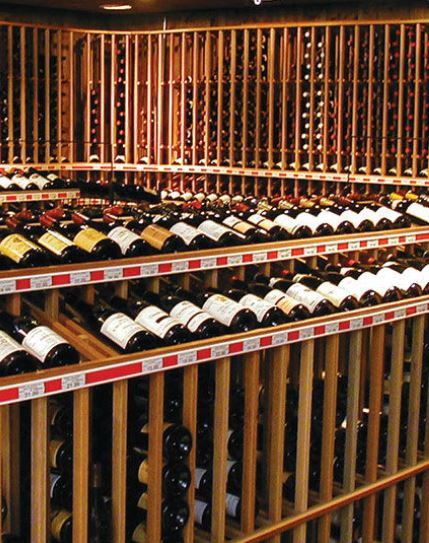 Recently I reviewed two vastly different wines that suffered from a similarly horrible problem: they tasted like utter garbage, as if someone had bottled the water used to put out a dumpster fire.
Recently I reviewed two vastly different wines that suffered from a similarly horrible problem: they tasted like utter garbage, as if someone had bottled the water used to put out a dumpster fire.
The first was a Trapiche Varietales Sauvignon Blanc 2011 from Argentina. I’d reviewed Trapiche before with mixed results (here, here and here), but the “Varietales” seemed like it might be interesting. The odd color appeared to hint that Trapiche was using SB to experiment with the “orange wine” idea, as the color was… well … orange. But the flavor was nothing less than horrid. It reeked of gasoline of prune juice. Orange wine has a quirky flavor profile, with some saying it invokes wood varnish, but this was not that. Something entirely different, and entirely horrible.
The next was another Argentino, this one La Rural Pequeña Vasija Malbec Syrah 2017. This one smelled and tasted exactly like burned pea soup, which if you’ve ever burned pea soup you know it not only ruins the smell of your house for a week, but you have to throw the pot out afterward because there’s no getting rid of the taste.
A day later I realized something. The two wines could not be more different, other than their country of origin. But clearly Argentina produces fantastic wine, so that’s not it. Instead, I remembered they were both impulse buys at the large Peruvian Sam’s Club knockoff, Makro. Makro has a small and unimpressive wine section that usually features the syrupy garbage that passes for wine here, often at a few bucks a bottle, but with a few occasionally nice (if also low priced) sparkling wines. It’s not a place you can rely on to buy anything of value, but I had just gotten off a stomach bug and hadn’t tasted anything in weeks, so I was not thinking straight. I bought the Trapiche and the Pequeña Vasija together.
I also now remember how irritating it is to shop at Makro because the place isn’t air-conditioned. It’s a giant warehouse store — again, much like Sam’s Club — but they don’t have the money to cool it properly, so the inside runs at least 80-85 degrees on cool days. Often, when shopping, I have to dip into the employees-only frozen locker just to cool off before I can finish shopping there. This same problem is noticeable at any of the typical “liquor stores” in Peru, which nearly never have A/C, and have wines sitting on the shelves often for years. The two higher end wine shops, Almendariz and Via Venum, do it right: they are properly air-conditoned, have chilled wine fridges for some ready-to-drink whites, and a walk-in “cellar” with temperature controls for the reds. But anywhere else, you’re likely to get wine that’s been exposed to 90+ degrees F for days, weeks or even years.
That has to be the explanation. Both the Trapiche and the Pequeña Vasija were probably sitting in the Makro shelves for weeks, at least, at impossible temperatures. You can’t be sure, either, how they were shipped; often wine is delivered to such store in the back of open pickup trucks, driving under the hot Peru sun.
Americans may not have this problem, but they need to watch out for it anyway. If the store’s temperature isn’t right for storing wine, you shouldn’t buy your wine there. You’re likely to find yourself drinking burned pea soup.